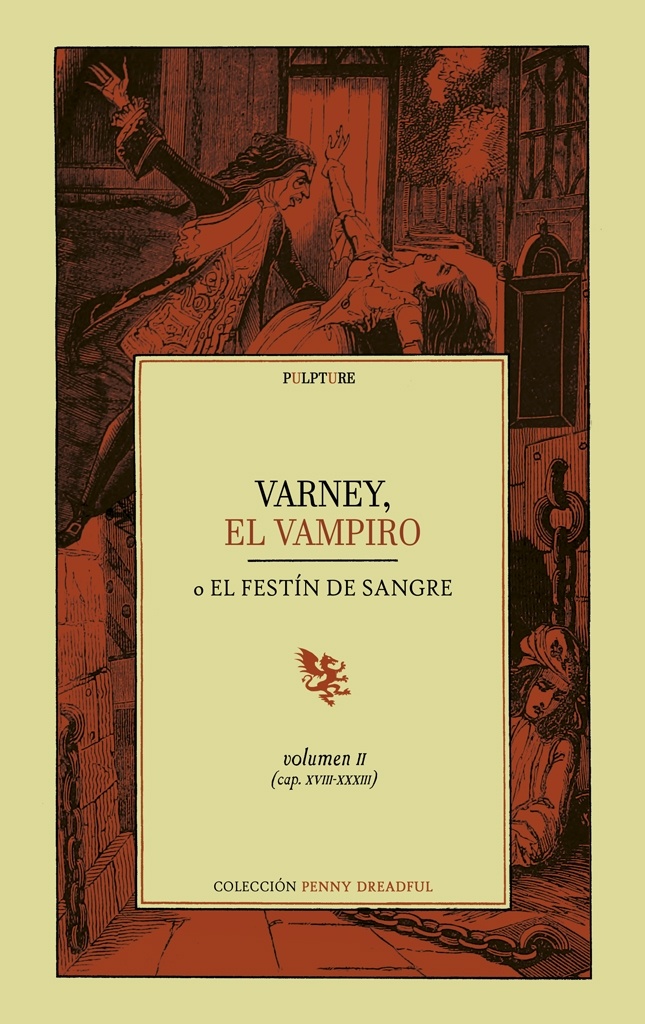

One can understand the length of the story when one understands a bit more about the ‘Penny Dreadful’ publication style. If Varney were to be published as a standard paperback novel, it would likely be about 2200 pages long, by my rough estimate! Though I can usually finish a standard-size horror novel within 2-3 days of reading, Varney took me two weeks to finish in its entirety. Aside from being about the exploits of a bloodsucker, the story itself runs some 720 pages - on letter-sized paper. Varney the Vampire is a monstrous tale in more ways than one. I give a discussion of penny dreadfuls, and my thoughts on Varney and its influence on vampire lore, below the fold. The new edition corrects typesetting and spelling errors (as much as is humanly possible), includes a detailed introduction, explanatory footnotes, reproductions of original illustrations, and additional analysis and examples of penny dreadfuls at the end of the volume. In 2007, Zittaw Press released the first new, retypeset version of the story, edited and annotated by über-scholar Curt Herr of Kutztown University. Until recently, the only way that a reader could enjoy Varney’s exploits was through poor quality photoreproductions of the original volume. It was originally released as a weekly serial, and the complete version was later printed in one complete volume in 1847. “Varney” is perhaps the greatest example of the ‘ Penny Dreadful‘ publications of 19th century Britain.

Last night I finished reading such a classic that I’ve been eager to read for years, James Malcolm Rymer’s Varney the Vampire (1845): One of the reasons I enjoy writing this blog is that it gives me an excuse to hunt down and read obscure horror classics that were nonetheless highly influential on the genre.


 0 kommentar(er)
0 kommentar(er)
